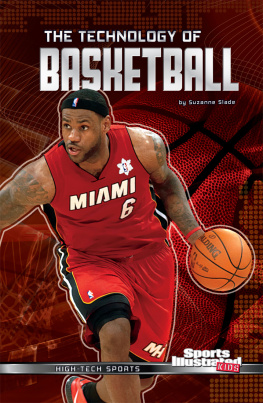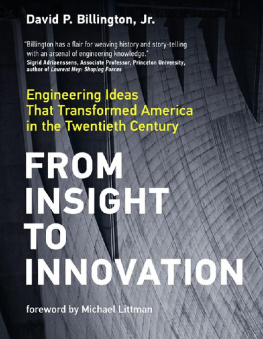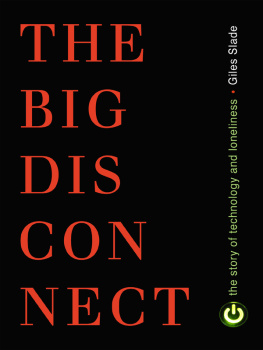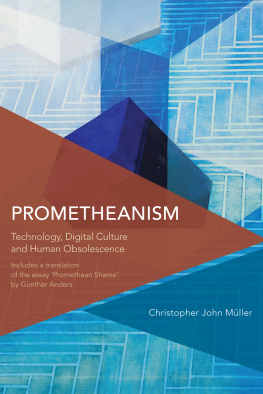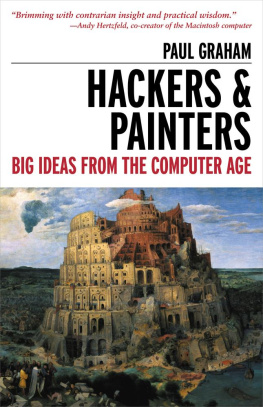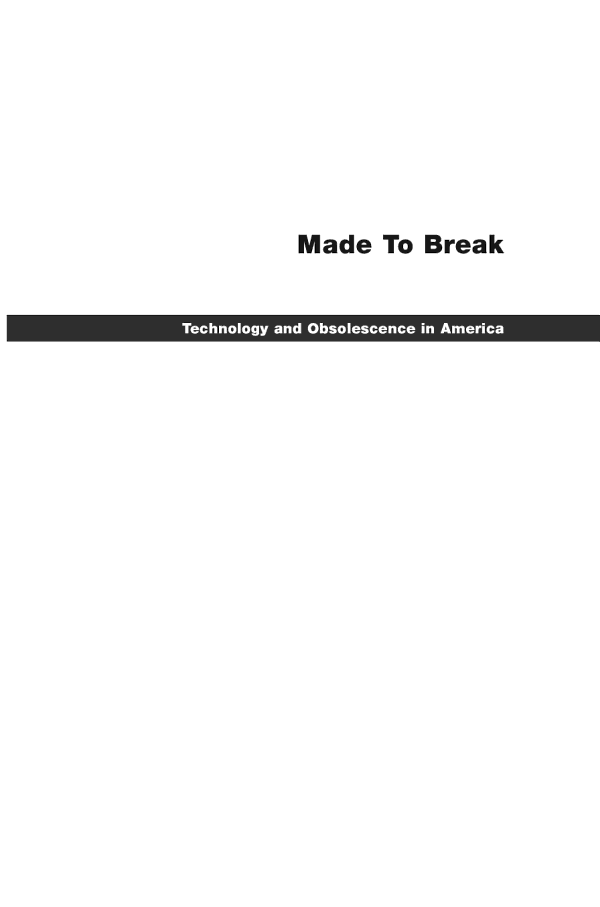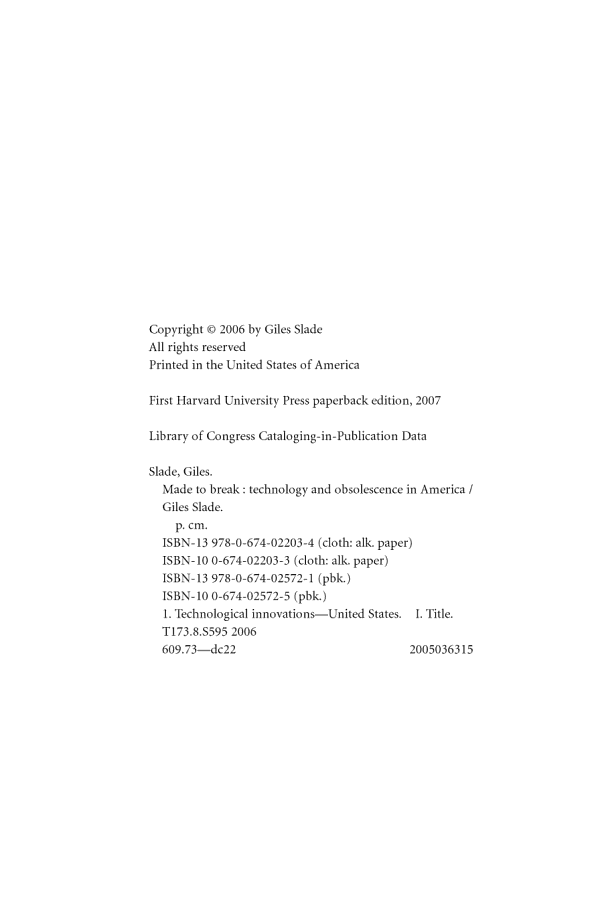Made to Break
America, I do not call your name without hope
pablo neruda
To scrutinize the trivial can be to discover the monumental. Almost any object can serve to unveil the mysteries of engineering and its relation to art, business, and all other aspects of our culture.
HENRY PETROSKI, THE PENCIL: A HISTORY (1989)
Introduction
For no better reason than that a century of advertising has conditioned us to want more, better, and faster from any consumer good we purchase, in 2004 about 315 million working PCs were retired in North America. Of these, as many as 10 percent would be refurbished and reused,but most would go straight to the trash heap. These still-functioning but obsolete computers represented an enormous increase over the 63 million working PCs dumped into American landfi ls in 2003. In 1997, although a PC monitor lasted six or seven years, a CPU was expected to last only four or fi e. By 2003 informed consumers expected only two years of use from the new systems they were purchasing, and today the life expectancy of most PCs is even less.1
In 2005 more than 100 million cell phones were discarded in the United States. This 50,000 tons of still-usable equipment joined another 200,000 tons of cell phones already awaiting dismantling and disposal. Unlike PCs, the compact design of cell phones resists disassembly for recyclingits much easier just to throw phones away and make new ones. So despite the fact that they weigh only a fraction of what PCs weigh, discarded cell phones represent a toxic time bomb waiting to enter Americas landfi ls and water table.2
Cell phones and PCs travel in the company of a vast assortment of obsolete IT electronics, including last years Palms,Black- berries, Notebooks, printers, copiers, monitors, scanners, modems, hubs, docking ports, digital cameras, LCD projectors, Zip drives, speakers, keyboards, mice, GameBoys, Walkmen, CD players, VCRs, and DVD playersall awaiting disposal. PlayStations, Xboxes, and iPods are not far behind. Obsolete cathode ray tubes used in computer monitors will already be in the trash (superseded by LCDs, as in Japan) by the time a U.S. government mandate goes into effect in 2009 committing all of the country to High-Defini ion TV. The CRTs of analog televisions are constructed along the same general design as those of PC monitors, but they are largeroften much largerand are made up of about 55 percent toxic lead glass,while a monitor is only about 28 to 36 percent. But the looming problem is not just the oversized analog TV sitting in the family room, which will require a team of professional movers to haul away. The fact is that no one really knows how many smaller analog TVs still lurk in basements, attics, garages, and kitchens, not to mention the back rooms of sports bars, fi ness clubs, and other commercial sites.
What is known is frightening. Since the 1970s, TV sales have achieved about a 95 percent penetration rate in American homes, compared to the 50 percent penetration rate computers achieved in the 1990s. For more than a decade, about 20 to 25 million TVs have been sold annually in the United States,while only 20,000 are recycled each year. So as federal regulations mandating HDTV come into effect in 2009, an unknown but substantially larger number of analog TVs will join the hundreds of millions of computer monitors entering Americas overcrowded, pre-toxic waste stream. Just this one-time disposal of brown goods will, alone, more than double the hazardous waste problem in North America.3
Meanwhile, no one has figu ed out what to do with plain old telephone service receivers, whose lead-solder connections and PVC cases are quickly becoming obsolete as consumers make the switch to 3G cell phones and VoI (voice over the Internet). As these archaic devices are piled on top of other remnants of wired technology, Americas landfi lsalready overfl wingwill reach a point where they can no longer offer a suitable burial for the nations electronic junk.4
Until recently the United States shipped much of its toxic ewaste to China, India, Pakistan, Bangladesh, and other economically desperate countries in the developing world.But exportation is,at best,a stop-gap strategy.Following the Basel Convention,the United Nations slowed electronic waste shipments to these ports. But more practically, the e-waste problem will soon reach such gigantic proportions that it will overwhelm our shipping capacity. The world simply cannot produce enough containers for America to continue at its current level as an exporter of both electronic goods and electronic waste. Consequently, all of these discarded and highly toxic components represent an insurmountable future storage problem.We do not have enough time, money, or space in the continental United States to create enough landfi ls to store and then ignore Americas growing pile of electronic trash.5
What brought us to this pass?
deliberate obsolescence in all its formstechnological, psychological, or plannedis a uniquely American invention. Not only did we invent disposable products, ranging from diapers to cameras to contact lenses, but we invented the very concept of disposability itself, as a necessary precursor to our rejection of tradition and our promotion of progress and change. As American manufacturers learned how to exploit obsolescence,American consumers increasingly accepted it in every aspect of their lives. Actual use of the word obsolescence to describe out-of-date consumer products began to show up in the early twentieth century when modern household appliances replaced older stoves and fi eplaces, and steel pots replaced iron ones. But it was the electric starter in automobiles, introduced in 1913, that raised obsolescence to national prominence by rendering all previous cars obsolete. Even the most modern American women hated hand-cranking their cars and were greatly relieved when they could simply push a start button on a newer model.6 The earliest phase of product obsolescence, then, is called technological obsolescence, or obsolescence due to technological innovation.
The second stage of product obsolescence occurred about a decade later, in 1923. Executives who had migrated to General Motors from the chemical and dye-making giant DuPont adapted a marketing strategy from what was then Americas third largest and most rapidly growing industry: textiles and fashions. Instead of waiting for technological innovations that would push consumers to trade in their older-model cars, General Motors turned to sleek styling as a way of making newer cars more desirable and pulling potential buyers into the showroom. The success of GMs cosmetic changes to the 1923 Chevrolet indicated that consumers were willing to trade up for style, not just for technological improvements, long before their old cars wore out. This strategy was so successful that it spread quickly to many other American industries, such as watches and radios. The annual model change adopted by carmakers is an example of psychological, progressive, or dynamic obsolescence. All of these terms refer to the mechanism of changing product style as a way to manipulate consumers into repetitive buying.
The most recent stage in the history of product obsolescence began when producers recognized their ability to manipulate the failure rate of manufactured materials. After prolonged use, any product will fail because its materials become worn or stressed. This is normal. But during the Depression, manufacturers were forced to return to the practice of adulterationthe nineteenth-century technique of using inferior materials in manufactured goodsas a simple cost-cutting measure: inferior materials lowered unit costs. But these same manufacturers soon realized that adulteration also stimulated demand. After a decade of unprecedented afflu nce and consumption during the 1920s, consumer demand fell radically with the onset of the Depression, and in desperation manufacturers used inferior materials to deliberately shorten the life spans of products and force consumers to purchase replacements.
Next page

